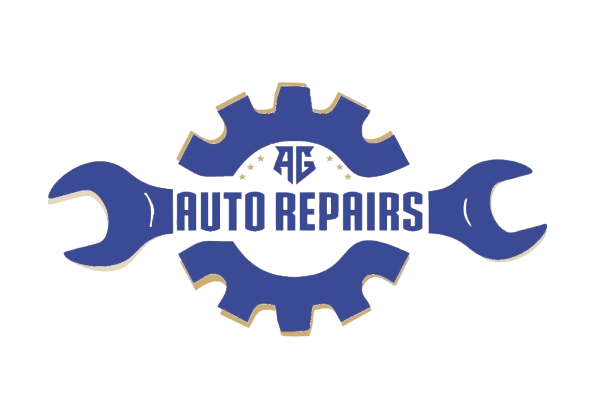A rattling noise near the rear tires of a car can be alarming, especially when it starts suddenly or becomes more noticeable over time. While it might be tempting to turn up the radio and ignore it, such sounds are often early warning signs of underlying issues. Understanding the possible causes of this noise can help car owners avoid more serious and expensive problems down the road. Let’s explore the various reasons a car might produce a rattling sound from the rear tire area and emphasizes the importance of timely diagnosis and professional repair.
One of the most common causes of a rear-end rattle is a problem with the suspension system. The suspension is designed to absorb bumps and keep the tires in contact with the road, but over time, components like sway bar links, bushings, and shock absorbers can wear out or become loose. When this happens, they may begin to make a rattling or clunking noise, especially when the car drives over uneven surfaces. A worn suspension not only affects ride comfort but can also compromise vehicle safety if left unchecked.
Another possibility is that the rattling sound is coming from the wheel area itself. Loose lug nuts, which may not have been properly tightened after a recent tire change or rotation, can cause the wheel to vibrate slightly as the car moves. This vibration can produce a rattling noise and, if ignored, can become a serious safety hazard. Checking that all wheels are securely fastened should be one of the first steps when a rear tire rattle is noticed.
In some cases, the source of the noise may be the exhaust system. Exhaust pipes run along the underside of the car and are held in place by brackets and rubber mounts. Over time, these mounts can degrade or break, allowing the exhaust to hang loosely and rattle, particularly near the rear where the muffler is located. Although this type of issue might not immediately affect performance, it can lead to greater damage if the exhaust system shifts or drags while driving.
Sometimes, the problem is not mechanical at all. Loose items in the trunk, a jack or spare tire that isn’t properly secured, or even tools left in the spare tire compartment can create a rattling sound that mimics a more serious issue. Before seeking professional help, it is worth taking a moment to thoroughly check the trunk area to rule out these simpler explanations.
Brake components can also be the culprits. If clips, springs, or pads in the rear brake assembly become loose or worn, they may create a metallic rattle when the vehicle is in motion. Brake issues should never be taken lightly, as they directly affect the car’s ability to stop safely. Even if the brakes still function normally, any unusual sound should be investigated by a professional.
In older vehicles, heat shields under the car can also come loose or rust out. These thin metal plates protect the underbody from the heat of the exhaust system, but they are often secured with small clips that can wear down or break. When a heat shield becomes detached, it can vibrate against other parts of the car and create an unmistakable rattling noise, especially at certain speeds.
While it might be difficult for a driver to pinpoint the exact cause of a rattling noise, ignoring it is never advisable. The best course of action, after a basic visual and physical check, is to consult a professional mechanic. A trained technician can safely lift the vehicle and conduct a thorough inspection of the suspension, wheel assembly, exhaust, and brakes to identify the issue accurately and recommend a solution.
In conclusion, a rattling noise near the rear tires is a symptom of a wide range of potential issues—some minor, others more serious. Whether it’s a loose lug nut, a worn suspension component, or something as simple as a misplaced item in the trunk, addressing the noise early can prevent further damage and ensure continued safety on the road. By understanding the possibilities and seeking professional help when needed, drivers can maintain their vehicle’s performance and peace of mind.

No comment yet, add your voice below!